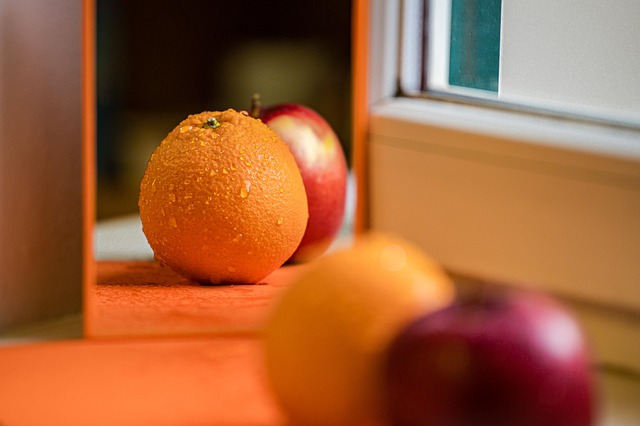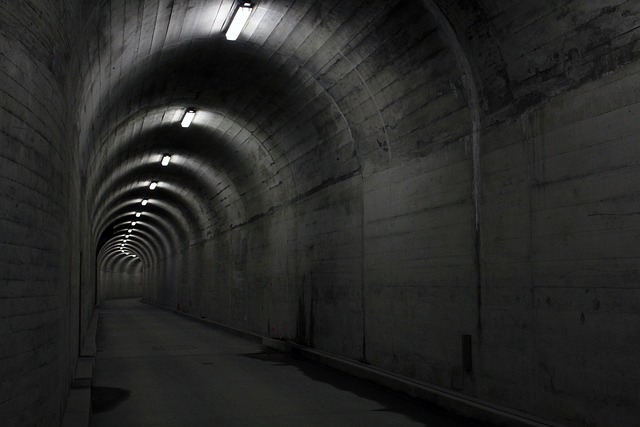In Situ Art: Exploring the Intersection of Fine Arts, Culture, and Installation
Art has always been more than just a visual spectacle; it is a reflection of our cultures, knowledge, and shared human experiences. Among the myriad forms of artistic expression, in situ art emerges as a profound dialogue between the artwork and its surrounding environment, beautifully intertwining fine arts with cultural narratives.
Fine arts have traditionally been housed within galleries, removed from the mundanity of everyday life. However, in situ art meticulously navigates the boundaries of such conventions. It is installed intentionally within a specific location, often designed to resonate with the unique cultural and historical essence of that space. Whether it is a street mural or an installation in a public park, these pieces challenge viewers to consider the socio-political factors that define their environments.
These artistic placements often serve as cultural commentaries, inviting us to reflect on our surroundings. They create immersive experiences that genuinely connect the observer with the community. As you wander through an urban landscape adorned with vibrant murals or discover an installation tucked away in a quaint village square, each piece speaks volumes about the culture and narratives encapsulated in that geographical context. In this way, in situ art becomes a cultural anthology, narrating stories of the past while engaging with the present.
Moreover, the beauty of in situ art lies in its ability to transcend the limitations of traditional fine arts. Unlike paintings confined to easels or sculptures placed on pedestals, these artworks breathe with the locations they inhabit. They respond to the architecture, histories, and even the natural light of their surroundings. This responsiveness reinforces the notion that art is not merely an object to be observed; it is an experience to be lived. It invites individuals to pause, reflect, and engage with the world around them.
In situ art effectively bridges the gap between the viewer and the artist, forging a connection that is often missing in traditional gallery settings. It encourages active participation, prompting you to consider the relationship between the art and its environment, and subsequently, your role within that space. This form of art fosters community dialogue and collective reflection, uplifting voices and narratives that may otherwise go unheard.
As urban landscapes continue to evolve, so too does the role of in situ art within them. It challenges us to perceive our surroundings differently, urging us to recognize the interplay of culture and art. Each installation beckons a deeper connection—not only to the artwork itself but also to the fabric of the community it so intimately shares space with. Embracing this perspective enriches our understanding of fine arts, shifting our view from passive observer to active participant in a vibrant cultural dialogue.
In a world where cultural narratives shape our identities, in situ art stands as a testament to the power of creativity. By celebrating the diverse tapestries of culture and society, it invites us to explore the myriad ways in which art can resonate within our lives, ultimately enhancing our community and individual experiences. With every piece, we are reminded that art is not just to be seen; it is to be felt and understood, a tangible connection to the intricacies of our shared human experience.




